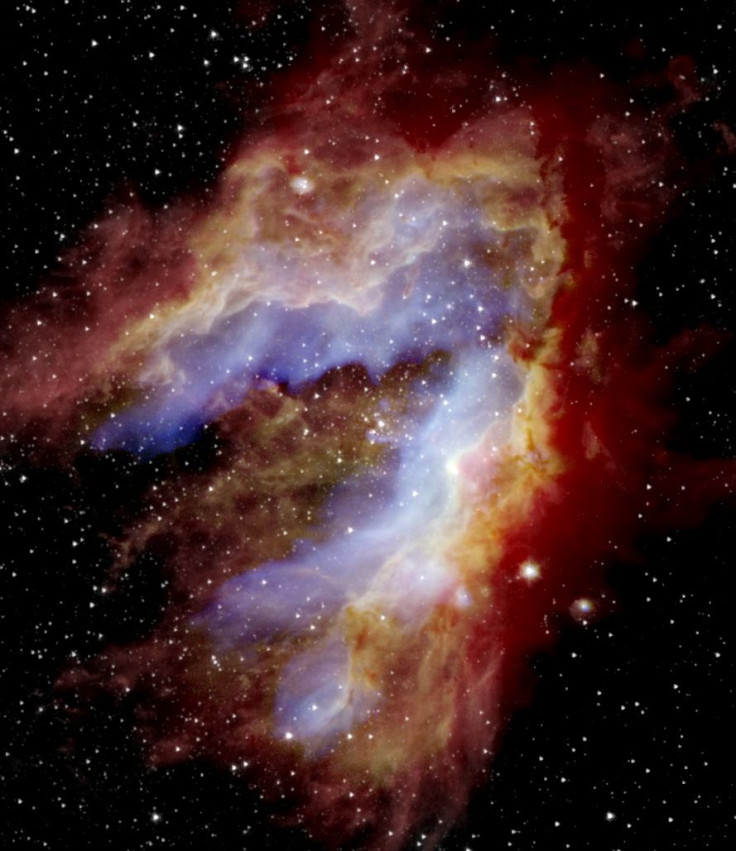NASA Observatory Unveils How Swan Nebula Was Formed

KEY POINTS
- NASA's scientists studied the Swan Nebula using the SOFIA observatory
- For the first time, the central region of the nebula was observed
- SOFIA was able to determine how the nebula was formed
New images taken by NASA’s airborne observatory revealed how the distinct shape of one of the brightest and most massive star-forming regions in the Milky Way galaxy was formed.
The Omega or Swan Nebula is now for its distinct shape, which resembles the neck of a swan. It is located about 5,000 light-years from Earth in the constellation Sagittarius.
The nebula is home to some of the richest star-forming regions in the Galaxy. Many of the young stars formed in the nebula are more massive than the Sun. Although astronomers are well aware that the emissions from the new stars shaped the overall structure of the clouds within the nebula, not much is known about the exact formation process.
This is mainly due to the cocoons of gas and dust that cover the new generations of stars forming within the nebula. But, through to Stratospheric Observatory for Infrared Astronomy (SOFIA) NASA was able to peer through these cocoons to observe the nebula’s central region.
SOFIA is an airborne observatory that was conceptualized as a joint project between NASA and the German Aerospace Center. It is basically an airplane equipped with a reflecting telescope with infrared imaging capabilities.
Through SOFIA’s telescopes, NASA was able to observe the Swan Nebula’s protostars, which are areas where clouds collapse to form new stars. Aside from seeing these regions for the first time, NASA scientists were also able to calculate their ages.
Through the data they gathered, the scientists learned that the regions were not created at the same time. According to the scientists, the central region of the nebula is the oldest, which means it was the first to form. This was followed by the formation of the northern area and the southern region.
“This is the most detailed view of the nebula we have ever had at these wavelengths,” Jim De Buizer, a senior scientist at the SOFIA Science Center said in a statement. “It’s the first time we can see some of its youngest, massive stars, and start to truly understand how it evolved into the iconic nebula we see today.”
© Copyright IBTimes 2024. All rights reserved.





















